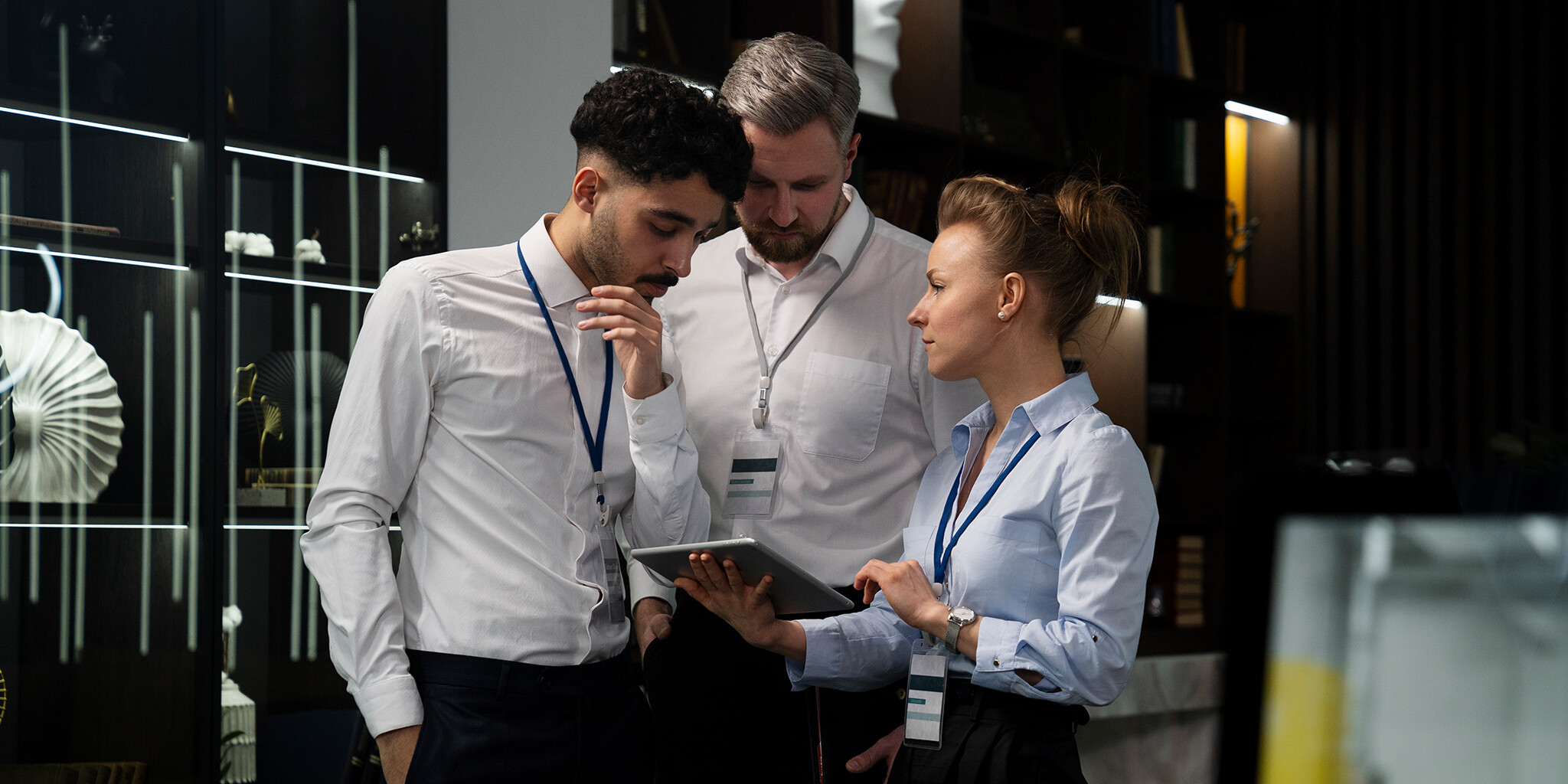In today’s digital age, safeguarding sensitive data and maintaining network security are paramount. One crucial component of a robust cyber security strategy is Security Information and Event Management (SIEM). When integrated with penetration testing, SIEM systems can significantly enhance an organisation’s security posture. This blog will explore SIEM testing in penetration testing, highlighting its importance, methodologies, and best practices.
Understanding SIEM Systems
A Security Information and Event Management (SIEM) system collects, analyses, and correlates security events from various sources. It provides real-time monitoring, threat detection, and incident response. SIEM systems help organisations identify potential security breaches, compliance issues, and policy violations. By aggregating and correlating logs from different devices, SIEM offers a comprehensive view of network activities.
The Role of Penetration Testing
Penetration testing, or ethical hacking, involves simulating cyber-attacks on a network to identify vulnerabilities. This proactive approach helps organisations discover and fix security weaknesses before malicious actors exploit them. Penetration testing is essential for maintaining robust security defences and ensuring compliance with industry regulations.
Importance of SIEM Testing in Penetration Testing
Combining SIEM testing with penetration testing amplifies the effectiveness of both. SIEM testing involves evaluating the SIEM system’s ability to detect and respond to simulated attacks. This process ensures that the SIEM system functions correctly and provides accurate, timely alerts.
Enhanced Threat Detection
SIEM testing verifies that the system can identify and alert on potential threats. During penetration testing, testers simulate various attack scenarios. These scenarios include brute force attacks, malware infections, and data exfiltration attempts. A robust SIEM system should detect these activities and generate appropriate alerts.
Improved Incident Response
SIEM testing also evaluates the system’s incident response capabilities. It examines how quickly and efficiently the SIEM system alerts security teams to potential threats. Rapid incident response is crucial for mitigating damage and preventing data breaches. By testing SIEM systems, organisations can ensure their response processes are streamlined and effective.
Key Strategies for Effective SIEM Testing
Simulate Realistic Attack Scenarios
Effective SIEM testing requires realistic attack scenarios. Penetration testers should simulate various attacks that mimic real-world threats. These scenarios help assess the SIEM system’s ability to detect and respond to actual attacks.
Monitor and Analyse SIEM Alerts
During penetration testing, it’s essential to monitor and analyse the SIEM alerts generated. This analysis helps determine if the SIEM system correctly identifies malicious activities. It also reveals any false positives or missed alerts, allowing for system fine-tuning.
Regular Updates and Maintenance
SIEM systems require regular updates and maintenance to remain effective. Organisations should ensure their SIEM solutions are up-to-date with the latest threat intelligence and security patches. Regular testing and maintenance help keep the system running smoothly and efficiently.
Best Practices for SIEM and Penetration Testing Integration
Collaboration Between Teams
Effective SIEM testing requires collaboration between the penetration testing team and the security operations team. Communication ensures that both teams understand the testing objectives and can work together to achieve them.
Continuous Improvement
SIEM testing should be an ongoing process. Regular testing and reviews help organisations adapt to evolving threats and improve their security posture. By continuously testing and refining their SIEM systems, organisations can stay ahead of cyber criminals.
Documentation and Reporting
Detailed documentation and reporting are crucial for effective SIEM testing. Testers should document all test scenarios, results, and recommendations. This information helps organisations understand their security gaps and make informed decisions about improving their defences.
Conclusion
Incorporating SIEM testing into penetration testing is vital for a robust cybersecurity strategy. SIEM systems play a critical role in threat detection and incident response. By regularly testing and fine-tuning these systems, organisations can enhance their ability to detect and respond to cyber threats. Implementing the strategies and best practices discussed in this blog will help organisations maintain a strong security posture and protect their valuable assets from malicious attacks.
Vertex Cyber Security are here to help enhance your cyber security. Contact our team of experts for help with all your penetration testing and cyber security needs.
For further cyber security reading click here.

